03/17/2020 | Company News | 9 MINUTE READ
Cleaning and Disinfection to Prevent Spread of COVID-19 (Coronavirus)
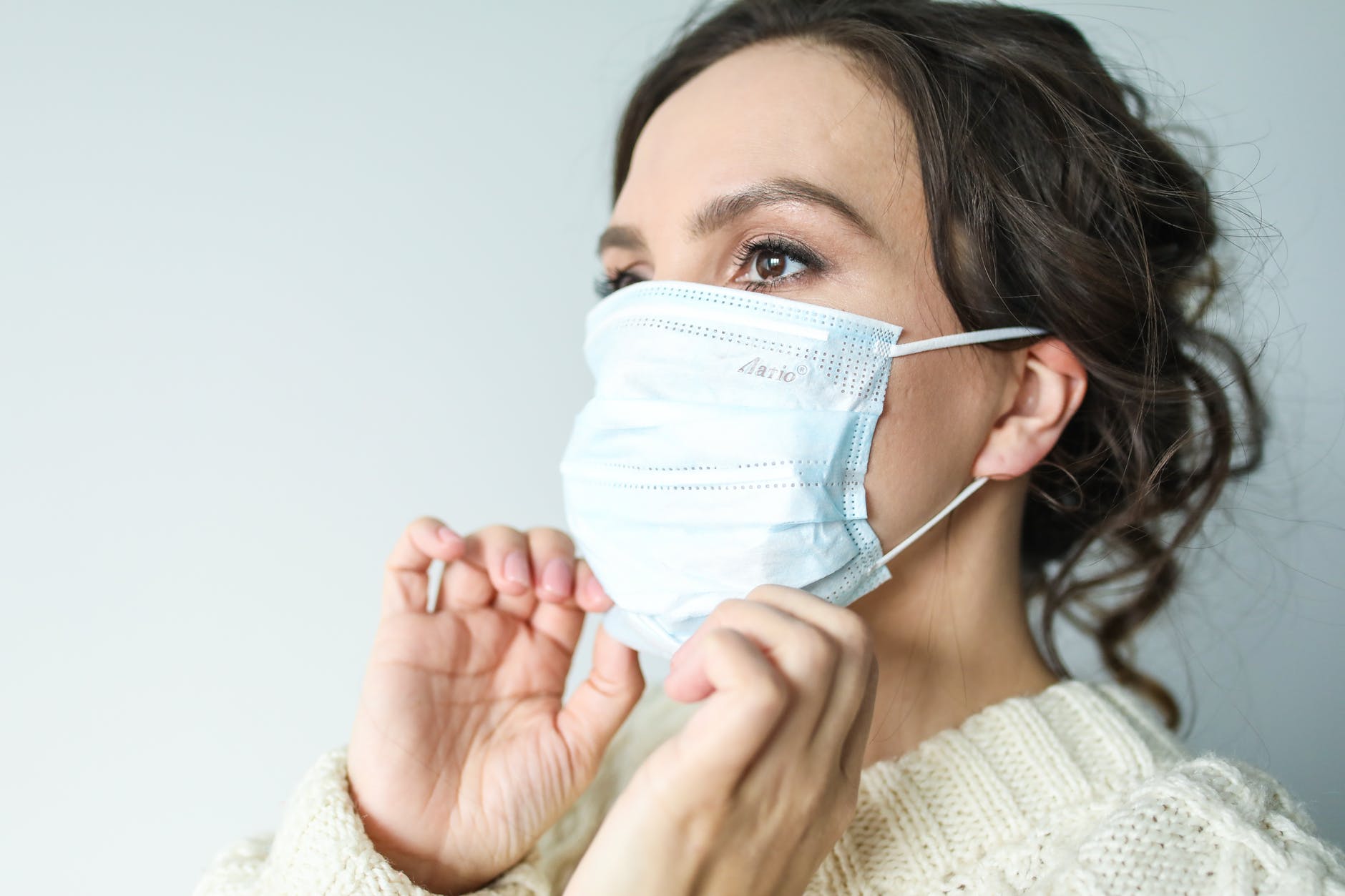
In recent weeks, COVID-19 (a disease within the Coronavirus family) has been spreading at an increasing rate throughout the United States as well as the rest of the world. Currently, the virus has been detected in 49 states and has been diagnosed in more than 2,100 people, with over 48 fatalities. States like California, Washington, and New York have experienced the highest number of COVID-19 cases. When people become affected by the virus, they typically experience a respiratory illness, which can vary substantially in severity.
The virus is considered to be highly contagious and is known primarily to spread through contact from person to person, which is why it’s extremely important that you clean and disinfect your hands as well as frequently touched objects. By taking these steps now, they should soon become habit, which may allow you to avoid contracting the virus and spreading it to others.
This article offers some helpful tips for cleaning and disinfecting your household while also providing additional healthy practices that you might want to follow.
Hand Hygiene and Other Preventive Measures
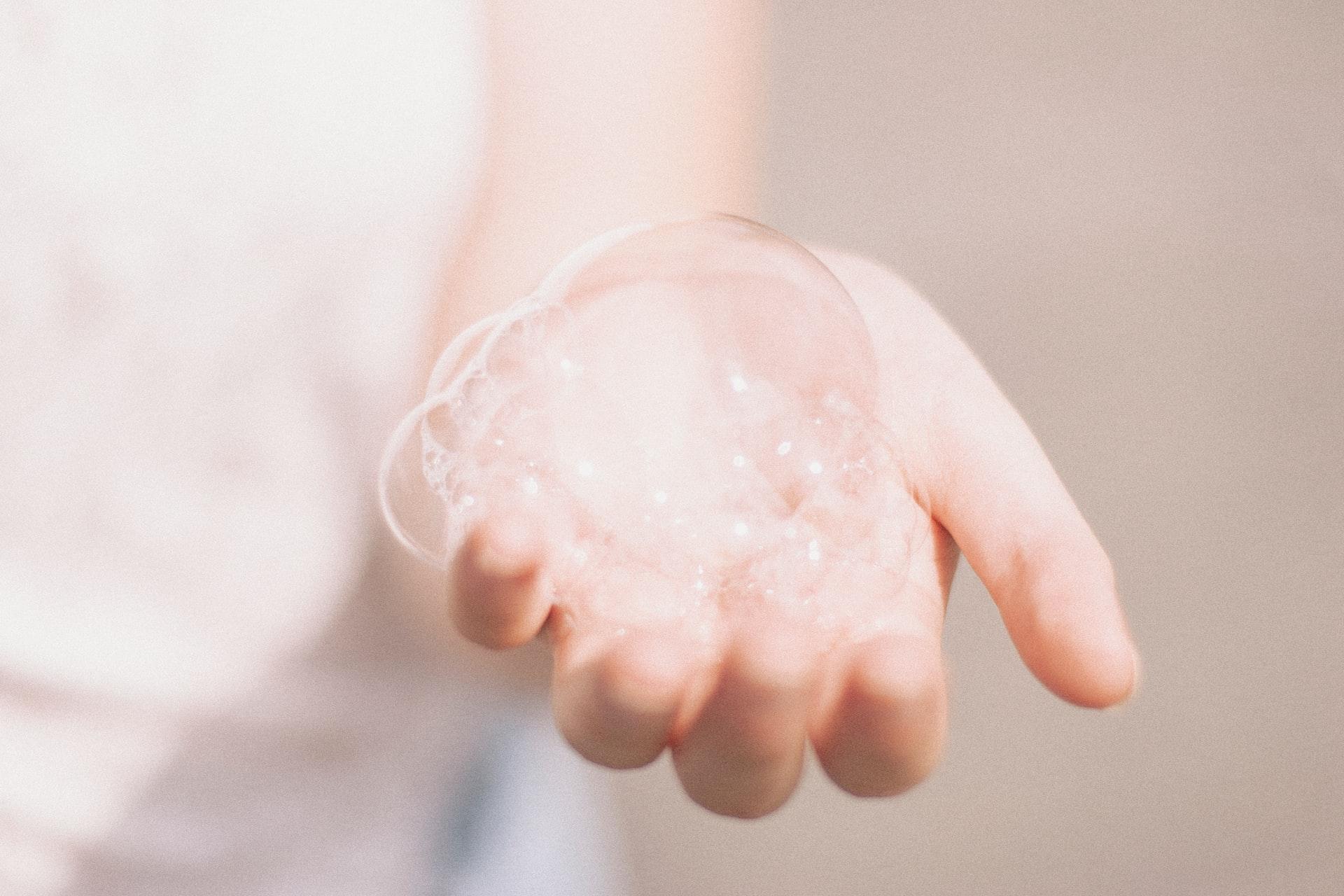
This section goes into detail about hand hygiene and other preventive measures, all of which are important if you want to mitigate the risk of getting sick or contracting COVID-19. Keep in mind that even a minor illness can make you more vulnerable to this virus since your immune system will be weakened. If you’ve never given much thought to hand hygiene and only clean your hands occasionally, you may find it difficult to implement these tips. Over time, however, these practices should become routine.
The main tips for properly washing your hands include:
- Clean your hands often
- Always use hot water
- Use soap!
- Wash your hands for 20 seconds with soap and water
While it’s important that you wash your hands regularly throughout the day, there are certain situations where it’s imperative that you clean your hands even if you’ve done so just 10 minutes before.

The key times to clean hands include:
- After coughing, sneezing, or blowing your nose
- After you use the restroom
- Before you eat or prepare food
- After you come into contact with pets or other animals
- Before and after you provide routine care for another individual who requires assistance, which could be a child or elderly individual
- After you go shopping or run errands
Recommendations for Cleaning and Disinfection of Household
From all of the testing that has been done so far with COVID-19, it’s been found that the most common way for this virus to spread is through contact from person to person. While testing is still inconclusive when it comes to transmission from a surface to person, it’s believed that the virus can remain on surfaces for anywhere from several hours to a couple of days. If you want to reduce your risk of contracting COVID-19, it’s highly recommended that you focus on cleaning and disinfecting areas around the home on a regular basis.
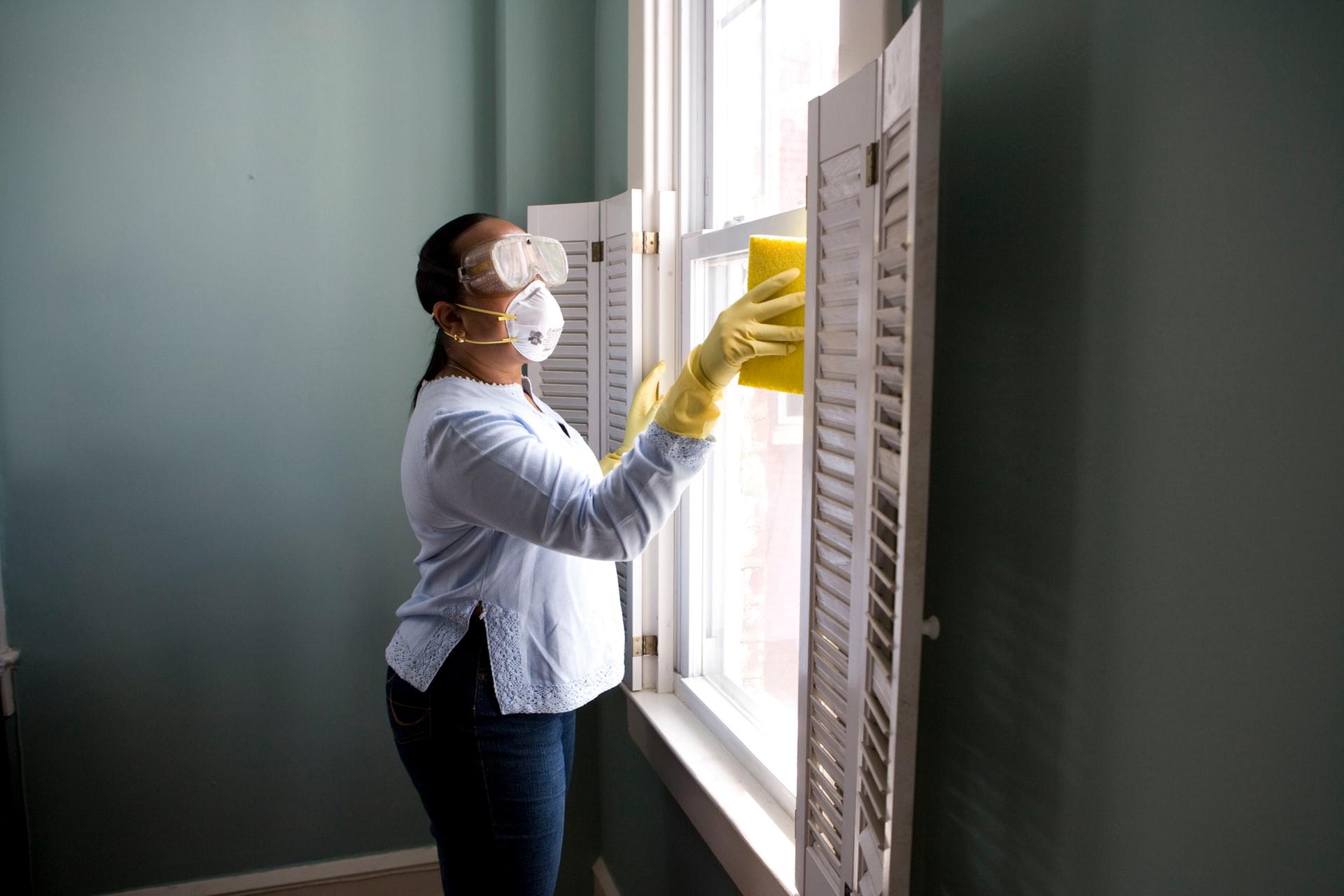
Surfaces
Over time, the surfaces that you and other household members touch will become dirty with germs and other substances, which heightens the possibility that you will become sick. The virus could also be present on these surfaces if you don’t clean them regularly, which you want to do your best to avoid. The most important surfaces that should be cleaned and disinfected in your home include high-touch surfaces, which extend to the following:
- Chairs
- Tables
- Handles
- Remotes
- Sinks
- Toilets
- Light switches
- Doorknobs
When you’re getting ready to clean and disinfect surfaces, it’s recommended that you wear disposable gloves, which you can throw away once the surfaces have been cleaned and disinfected. Make sure that you also clean your hands immediately after you have tended to the surfaces around your home. If you find that the surfaces in your home are dirty, you should consider using soap and water or a detergent to clean the surfaces. If someone in your household has contracted the virus, it’s recommended that you wear gloves whenever doing the laundry. You should also avoid shaking these items, which can cause the virus to be dispersed into the air.
Pool Monitoring
Along with the items and surfaces inside your home, it’s also important that the water quality throughout your home and any home pools is properly maintained. While there’s currently no evidence that COVID-19 can spread to humans through pool water, keeping this water clean can still help you minimize the possibility of the virus being spread in this manner. At Sensorex, we offer a wide range of premium sensors that can be used to help you maintain and disinfect the water that’s being used around your home.
For pool monitoring, likely the most useful types of sensors are ORP sensors and pH sensors. When using an oxidation reduction potential sensor, you can better determine how effective your disinfection techniques have been when cleaning the pool water. The ORP sensors that are ideal for pool water quality testing include the SD7000CD-ORP sensor and the SD7500CD-ORP sensor.
As for the pH sensors that we offer, they are designed to determine if water is too acidic or alkaline. It’s important to maintain the proper pH levels to make sure that the chlorine is working effectively to disinfect the pool and to keep any swimmers comfortable. When searching for the right pH sensor, consider the pH1000 sensor or the pH2000 sensor. No matter which products you use when cleaning and disinfecting surfaces, it’s essential that you always clean your hands afterwards, which ensures that any germs that might not have been eradicated don’t cause infection.
Cleaning vs. Disinfecting
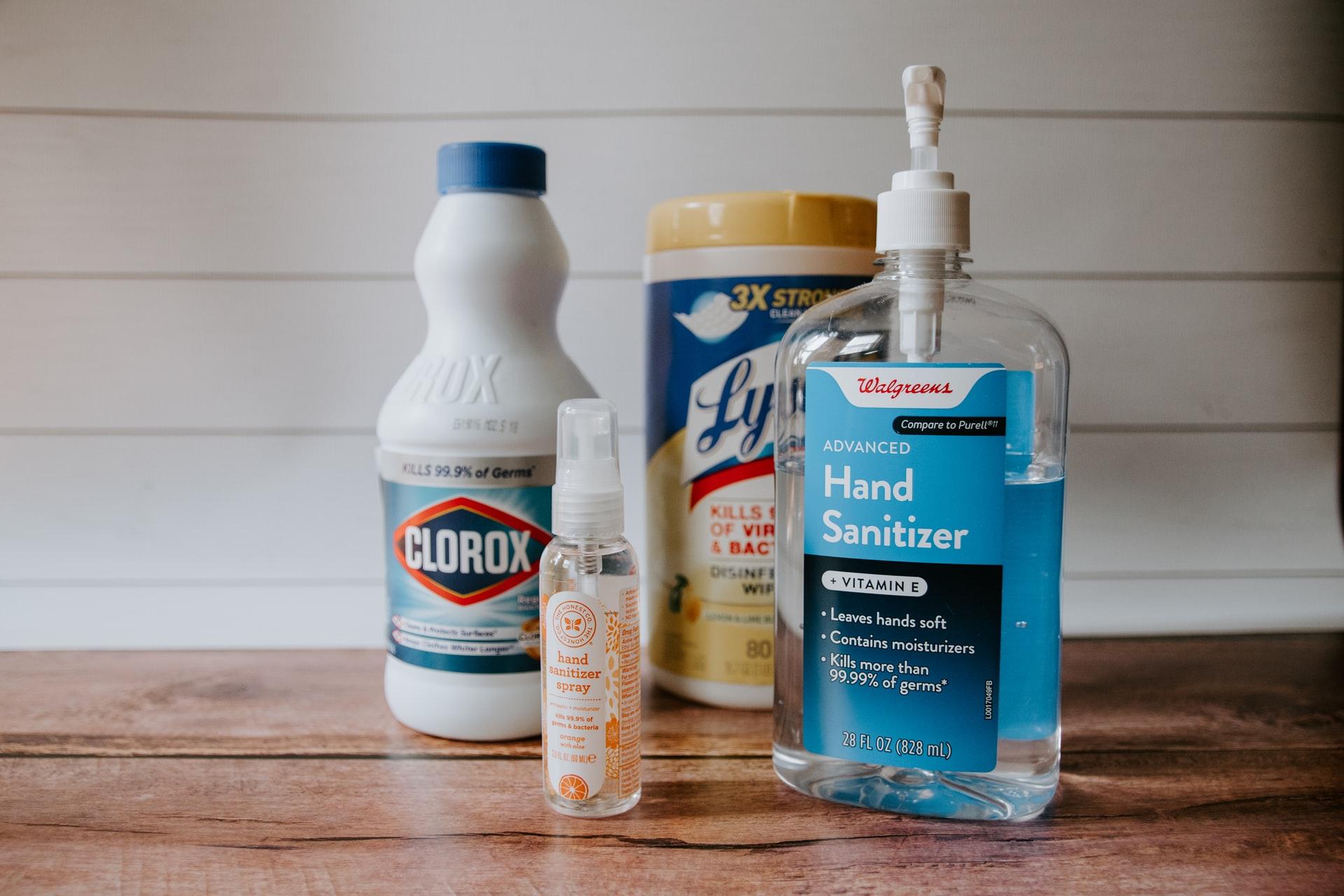
Before you begin to clean and disinfect your household, it’s important that you understand the difference between cleaning and disinfecting. While both are important to prevent the continued spread of germs, they are distinctly different in what they are used for.
Cleaning
- When you clean a surface, you will be able to remove dirt, impurities, and germs that have accumulated on the surface in question. However, cleaning a surface only removes a large number of the germs that are located on the surface, which lessens the possibility that these germs will infect you.
Disinfection
- In order to effectively kill the germs, you will need to disinfect the surface, which requires the use of strong chemicals. If you follow up a thorough cleaning with the right disinfection practices, you should be able to substantially reduce the risk of infection.
How to Clean or Disinfect Your Household
When you’re cleaning a surface, you can use either standard soap and water or a detergent. Once you have your cleaner of choice, you can use a sponge or cloth to start cleaning the surfaces around your home. When you want to fully disinfect these surfaces, a more potent solution is required, the most effective of which is a combination of water and bleach. The right combination of these two substances can disinfect practically any surface. However, different surfaces require a different water/bleach solution. Keep in mind that chlorine bleach is both effective and inexpensive, which makes it a viable option when you want to disinfect your entire home.
While other solutions like hydrogen peroxide, baking soda, and white vinegar are also effective at disinfecting surfaces, chlorine bleach provides the best results for getting rid of viruses. For standard kitchen disinfection, you should mix 1/2 tablespoon of bleach with 1/2 gallon of water. The same mixture can be used for bathroom disinfection. When you want to disinfect surfaces for the standard flu virus, you should add two tablespoons of bleach to a 1/2 gallon of water. For the norovirus and COVID-19, the solution should be comprised of three tablespoons of bleach for every half gallon of water that you use.
Wastewater Treatment Plants Role in Cleaning & Disinfection of Water
Wastewater treatment plants are facilities that are used specifically for the treatment of municipal or industrial wastewater, after which the wastewater is typically discharged into streams or reused for various purposes. Wastewater treatments plants are an essential component of water infrastructure and sanitation. For instance, reused wastewater can be applied to irrigation even though it typically consists of higher concentrations of dissolved solids. The point of these facilities is to purify wastewater before it’s sent into waterways, after which the natural purification process will continue to clean the water.
When you work in a wastewater treatment facility, the wastewater will need to be disinfected before it can be used in waterways. In order to make sure that your disinfection and purification techniques are working properly, you should monitor the chlorine and pH of the water, which can be done with a variety of the sensors available at Sensorex. For instance, measuring the amount of chlorine in the water can help you determine if the water is being correctly disinfected. You can measure chlorine concentration with the heavy-duty SD7500CD-ORP sensor. If you require a long-lasting pH sensor, you might want to consider the SD7420CD pH probe.
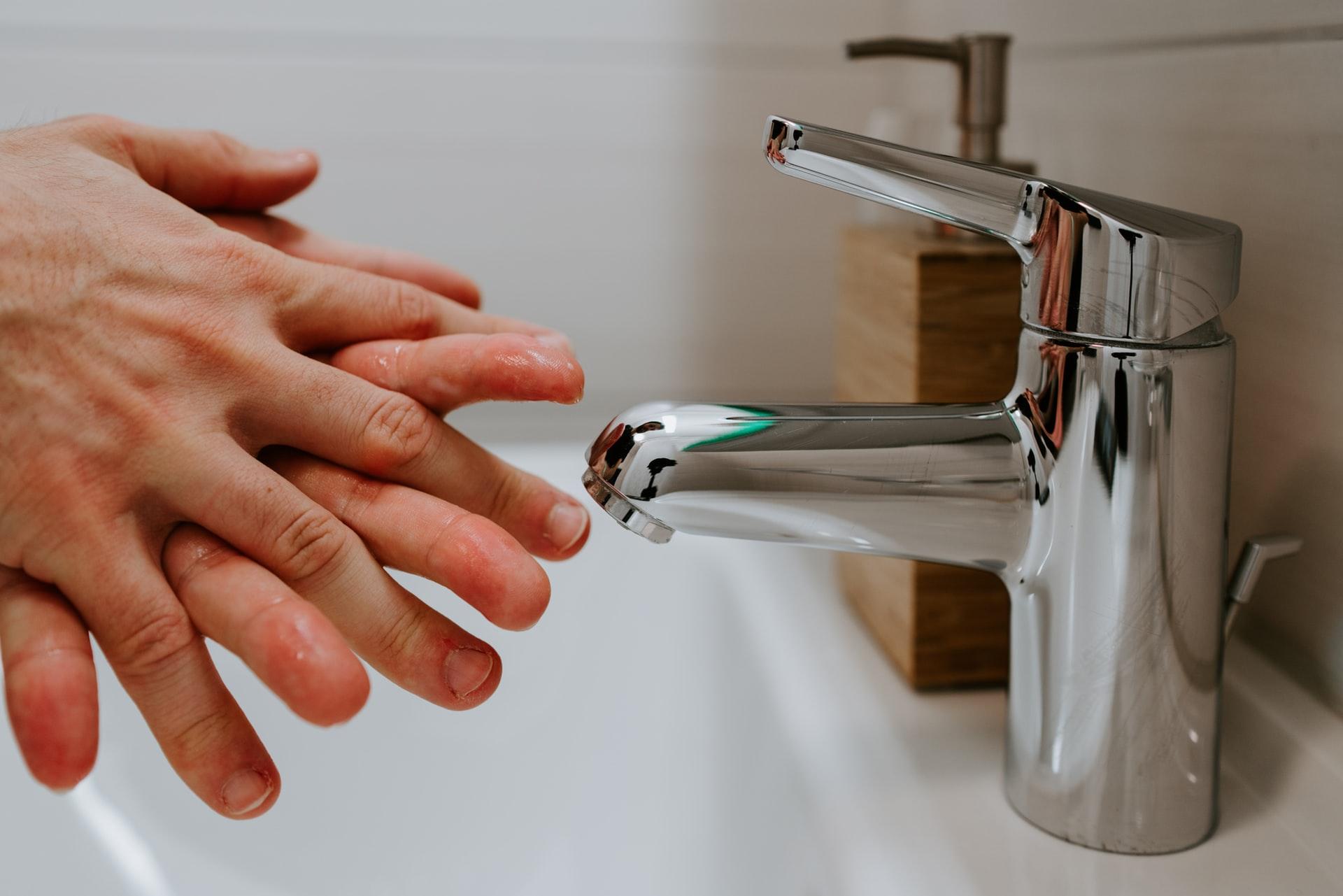
When you want to prevent the spread of COVID-19, there are several very helpful resources that you should take a look at.
- Preventing the Spread of Coronavirus Disease 2019 in Homes and Residential Communities
- COVID-19-Control and Prevention
- Simple steps help stop the spread of COVID-19 and other viruses
These resources include invaluable tips and guidelines that you should follow if you want to minimize your risk of contracting and spreading COVID-19. It’s important to adhere to these guidelines because of how contagious this virus is. While the virus will likely continue to spread across the U.S., doing your part to minimize the spread can be very helpful at reducing the number of people who contract the disease.
Your main focus when attempting to lessen the spread of COVID-19 should be to sanitize, clean, and disinfect your household on a regular basis while also washing your hands with soap and water whenever you get the chance. If you have any questions about monitoring water quality, disinfection, or the products that we offer, contact Sensorex today to get in touch with one of our customer service representatives.
Posted by Sensorex on March 17, 2020
Sensorex is a global leader in the design and manufacture of quality sensors for water quality and process applications. The company offers more than 2000 sensor packages for pH, ORP, conductivity, dissolved oxygen, free chlorine, chlorine dioxide, UV transmittance and other specialty measurements, as well as a full line of sensor accessories and transmitters. Its expert technical support engineers solve analytical sensor challenges with custom designs and off the shelf products.







